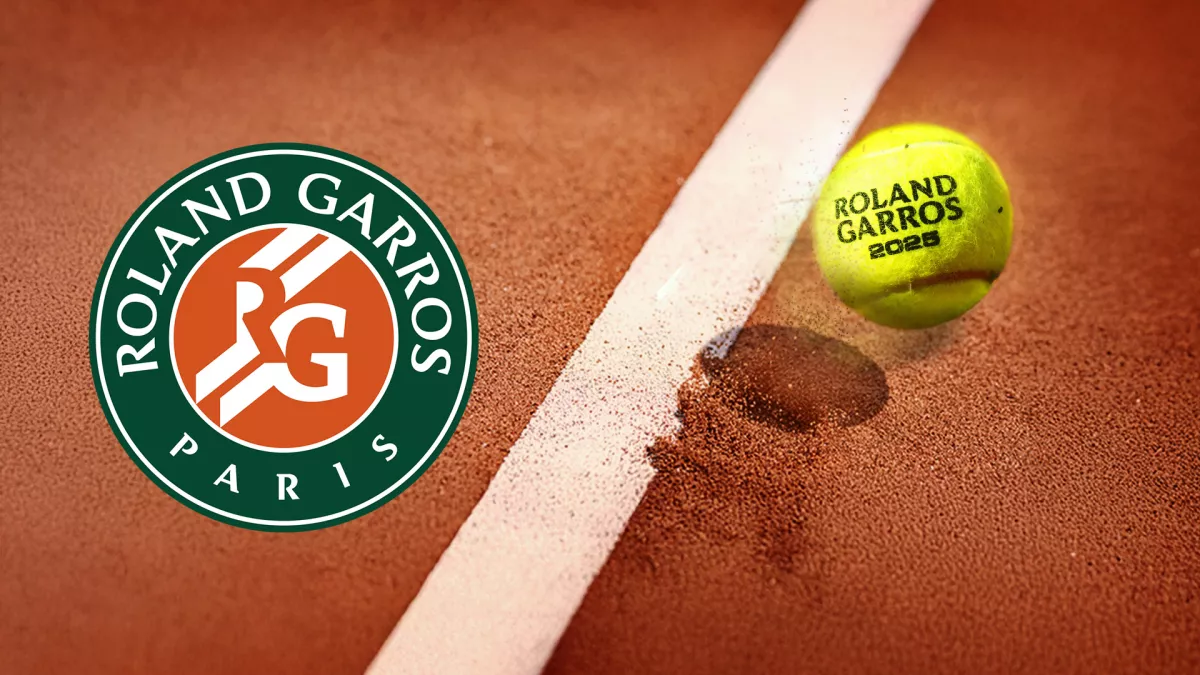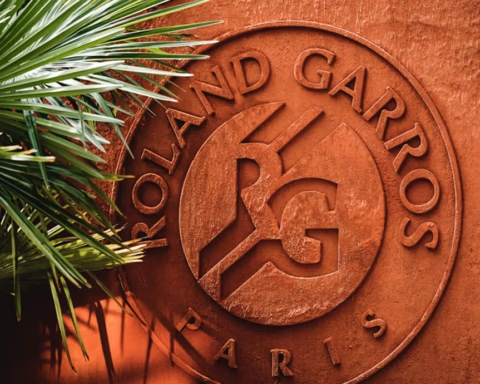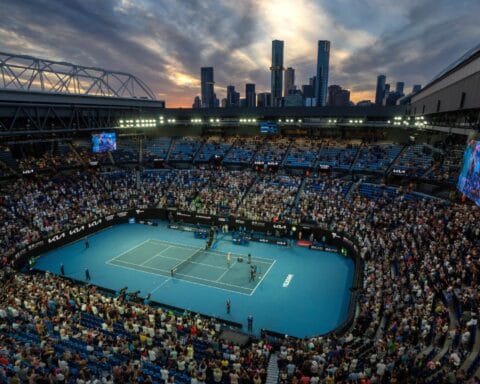Roland-Garros 2025 delivered a tournament rich in emotion, drama, and sporting excellence.
From the poignant tribute to Rafael Nadal to the emergence of new contenders, this edition will be remembered. Carlos Alcaraz and Jannik Sinner contested a historic final, setting a new benchmark for endurance and skill. Coco Gauff achieved a career milestone, capturing her first French Open title with poise and determination. Loïs Boisson’s remarkable run to the semifinals captivated the French public and reinvigorated national interest. The enhanced atmosphere during the qualifying rounds demonstrated growing fan engagement.
However, recurring issues—such as empty seats and a lack of evening matches for women—raised valid concerns. The injury-plagued French contingent also underscored the fragility of home hopes.
Despite these shortcomings, the tournament showcased the evolving landscape of elite tennis. But all in all, Roland-Garros 2025 affirmed its status as a cornerstone of the Grand Slam calendar.
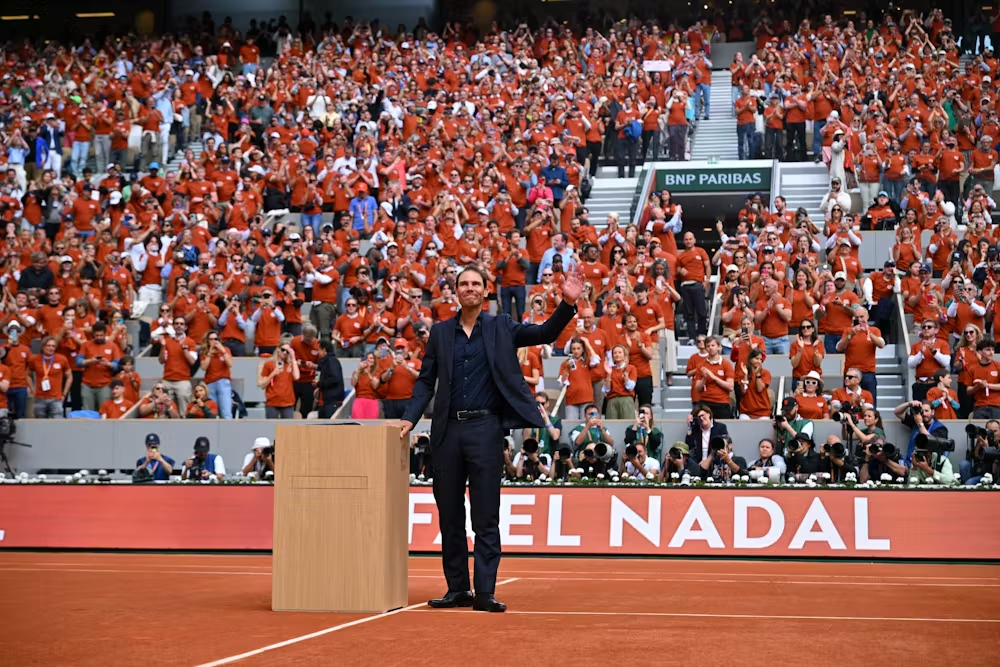
A Tournament Steeped in Emotion : A Moving Tribute to Nadal
From the very first day, Roland‑Garros 2025 carried an emotional weight. It began with a deeply moving tribute to Rafael Nadal on Philippe‑Chatrier—the arena he has ruled like no other, with a record 14 titles. The tribute featured career montages, ochre‑colored tifos, and shirt‑swapping waves among fans—before revealing a permanent plaque bearing Nadal’s name and footprints beside the net.
Nadal, appearing visibly moved, spoke in Spanish, expressing how the French public had made him “feel like another Frenchman.” His peers—Federer, Djokovic, Murray—and his young rival and “heir apparent,” Carlos Alcaraz, paused to pay respects . It was a moment of farewell, but more so of celebration—an embrace of one of the greatest ever to tread the Paris clay. In the grand tapestry of the tournament, this tribute was the emotional cornerstone.
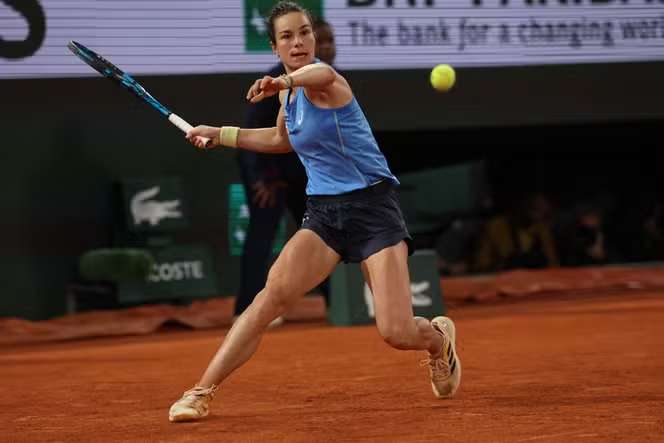
The French Fairy Tale : Loïs Boisson’s Extraordinary Run
When the world rankings began, Loïs Boisson (ranked 361) was little known outside French tennis circles. Yet, as the clay of Court Philippe‑Chatrier heated up, so did her game. Qualifying with a wild card, the 22‑year‑old Dijon native astounded spectators, knocking out Elise Mertens (#24), Jessica Pegula (#3), and Mirra Andreeva (#6)—a streak of upsets unparalleled in Roland‑Garros wild‑card history.
Her first Grand Slam run after recovering from a serious knee ligament injury was nothing short of magical. This was France’s first Grand Slam semifinalist in a decade, and the first on the women’s side in fourteen years . The nation gathered not only at the tournament, but also in a new fan zone at Place de la Concorde—where Parisians and visitors electrified the atmosphere .
Emotion and love poured out on Philippe‑Chatrier. Though eventually falling to Coco Gauff, Boisson’s coup droit, calm under pressure, and budding relationship with the home crowd made her a heroine. She wasn’t just a wildcard—she was a statement. Her fairy‑tale run offered a captivating subplot in a tournament brimming with drama.

Epic Men’s Final : Alcaraz vs. Sinner 🏆
One of the greatest finals in Roland‑Garros history came in the form of a record-breaking, tension-fueled confrontation between Carlos Alcaraz (world #2) and Jannik Sinner (world #1). Their clash shattered the record for tournament duration, stretching over five hours and 29 minutes across five sets—complete with two standard tie-breaks and a 10-point super tie-break (4‑6, 6‑7 [4‑7], 6‑4, 7‑6 [7‑3], 7‑6 [10‑2])
Setbacks, drama, saved match points—Alcaraz battled from down two sets and facing three match points. Sinner, cool yet shattering under pressure, watched as his game unraveled under Alcaraz’s dominance in the final sets. The electric atmosphere of Philippe‑Chatrier, brimming with energy deep into the night, became the backdrop to Alcaraz’s conquest—his fifth Grand Slam at the tender age of 22 .
It wasn’t just a victory—it was a moment affirming Alcaraz as a force in men’s tennis, a bearer of the torch passed down from Nadal, Djokovic, and Federer. The match was a microcosm of modern clay‑court excellence, tactical genius, athletic endurance, and flair.
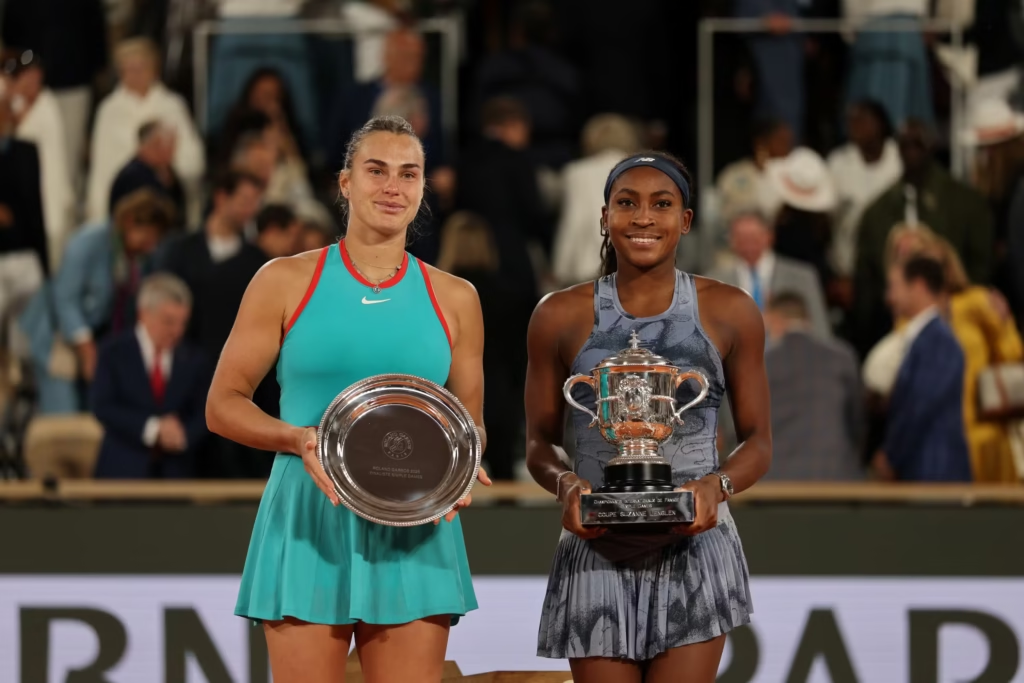
Women’s Field Showed Depth, Gauff Crowned
The women’s draw followed its own roller‑coaster. The early highlight came when Paula Badosa defeated former world No. 1 Naomi Osaka in three sets (6‑7, 6‑1, 6‑4), showcasing the fiery unpredictability of women’s tennis . Iga Swiatek, the three-time defending champion, likewise fell—battling with Elena Rybakina in a three-set thriller before succumbing in the semis to Aryna Sabalenka (7‑6, 4‑6, 6‑0).
The final pitted Sabalenka (#1) against American powerhouse Coco Gauff. Gauff, in dire need of her first French Open title, delivered with poise—dropping the first set (6‑7), then storming back to clinch 6‑2, 6‑4 .
Gauff’s triumph was a breaking‑through moment: her maiden title at Roland‑Garros, and possibly a signal of a title‑heavy future. She combined youthful energy with steely determination—something the Paris crowd can rally behind.
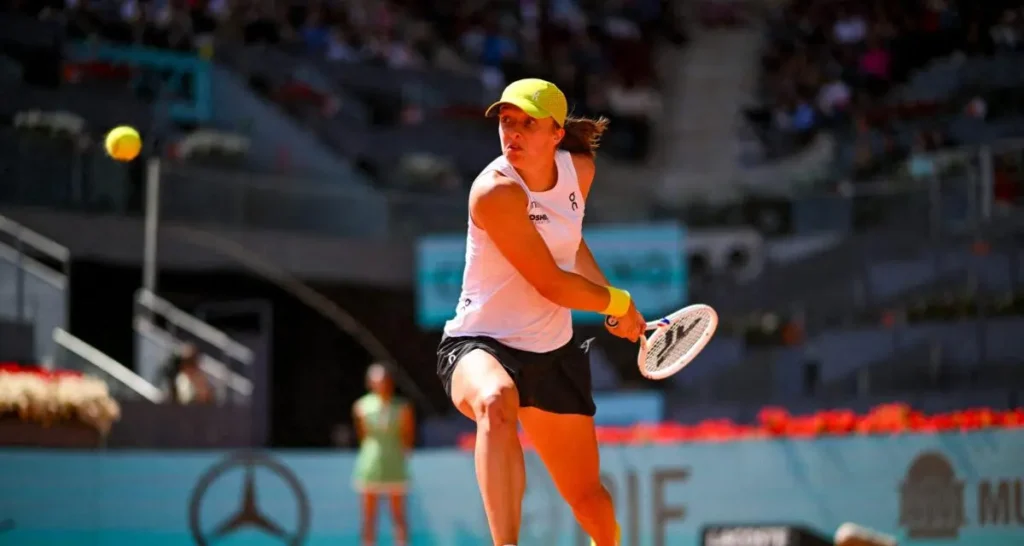
Night Sessions & Gender Imbalance Under the Spotlight
A growing point of discussion—and criticism—was the exclusive male lineup in the night sessions. Across the fortnight’s ten night‑time matches on Court Philippe‑Chatrier, nine featured men, and none from the women’s draw.
The tournament’s director, Amélie Mauresmo, defended the scheduling: “It’s not that women don’t deserve it… it’s about match length” (whole days without a marathon, basically) . Critics weren’t convinced. Iga Swiatek called the male-only line-up “surprising” and “disappointing,” asserting that women’s tennis brings unbelievable unpredictability and spectator appeal .
From a spectator’s point of view, it felt like an outdated programming bias—especially since a three-set-plus match with Osaka vs. Badosa lasted longer than the night-time clash between Sinner and Rinderknech that same evening . There’s a strong case to be made: why relegate the women to morning or early‑afternoon slots when they’re clearly delivering fireworks, too?
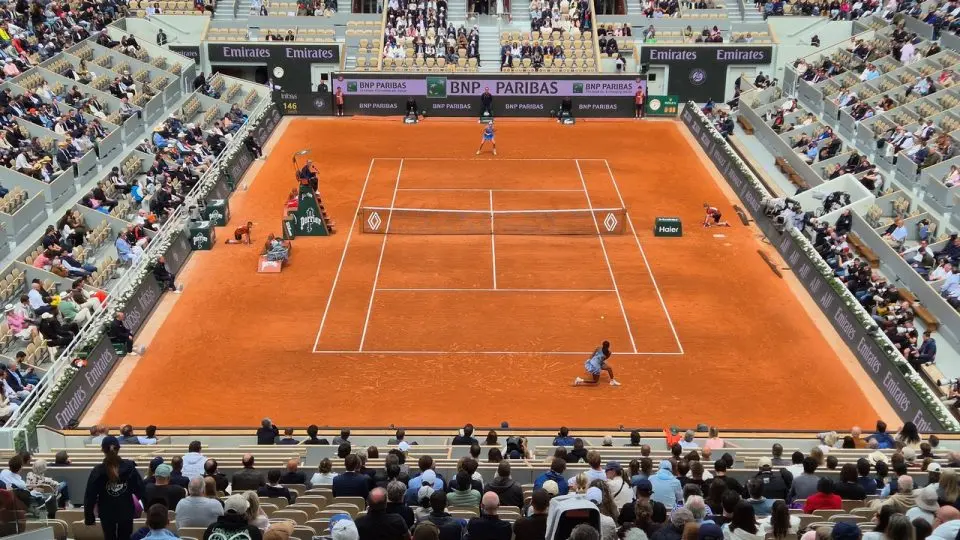
The Showman Monfils & Qualifying Week Success
Gaël Monfils, Le Monsieur Roland‑Garros himself, ensured another night of high-octane drama. In his night session match against Hugo Dellien, Monfils was entertainingly walking into advertising panels in the first two sets, then rallied for a comeback in five after dropping the first two .
Night‑session rollercoaster or sports theater? Absolutely. Although he eventually bowed out against Jack Draper, Monfils reminded Paris: he’s a performer to the backbone. At 38, his future in the tournament may be winding down—but every flash of his flair is worth cherishing.
Before the main draw even started, one of the tournament’s surprises was how the qualifiers were treated. Reinvented as an “opening week” and woven into the core event concept and infrastructure, including Suzanne‑Lenglen, the qualifying draw sold 80,000 tickets across its five-day span—a record high . Spectators like Bianca Andreescu noted how “it felt like the main draw”—and that inclusive spirit resonated broadly. This addition stood as another successful innovation of the 2025 edition.
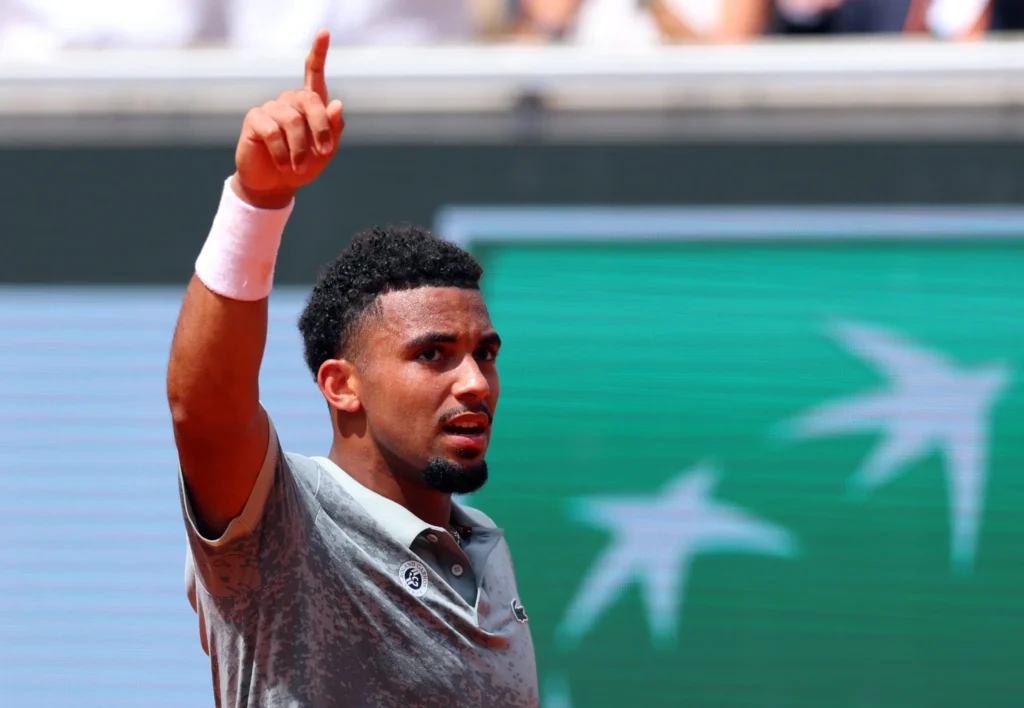
Frustrating French Withdrawals & Empty Stands
Not everything was rosy for the French supporters. Several beloved homegrown players exited in heartbreaking ways:
- Hugo Gaston survived a five‑setter in round two but pulled out before round three with abdominal pain
- Arthur Fils, 20 and dubbed the “new French hope,” beat Nicolas Jarry, then unleashed a 4h25 thriller over Jaume Munar—only to withdraw the next day with a stress fracture in his back. His Wimbledon prospects are now clouded .
- Ugo Humbert slipped on clay, twisted a calf, and though scans were later reassuring, he withdrew during round two .
Beyond injuries, troublingly, grandslam courts—especially rain‑factored mornings and early-afternoon sessions—were far from full. Crowds were notably quiet during key women’s and French‑player matches (ex: Boisson vs. Pegula) until the mid-point of sets. Even a quarter‑final pairing of Paolini vs. Svitolina faced half-empty stands.
This persistent “empty seats” issue, especially in early‑day windows when many fans hold all‑day tickets to see their favorites, speaks to gaps in event accessibility, pricing, and the scheduling logic.
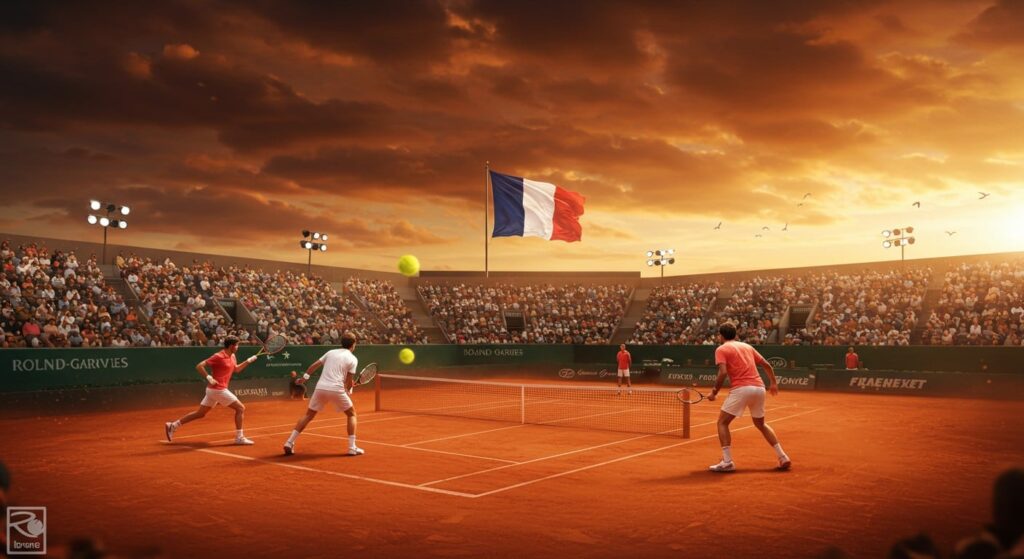
Weather & Logistics : Behind-the-Scenes Green Flags
This year’s tournament avoided the chaotic rains of 2024—weather was cloudy but largely cooperative, enabling smooth progress of matches .
In terms of logistics, however, the late-night night sessions continue to stir controversy. When matches ran past midnight, Paris public transit shut down—leaving courts full of stranded spectators, exorbitant taxi prices, and frustrated commuters . The FFT and Mauresmo have acknowledged the issue, hinting at expanded public-transport options for future editions—yet action has yet to match words.
Final Verdict : What We Loved & Less-Liked
What we loved:
- Nadal’s heartfelt tribute—affection, tradition, and emotional depth all in one.
- Boisson’s Cinderella story—from unknown to semifinalist in a Grand Slam.
- The Alcaraz-Sinner final—a modern epic, full of drama and athletic prowess.
- Gauff’s breakthrough—her first French Open title, a moment of promise and power.
- Monfils’ night-session flair—the entertainer gave one last dazzling show.
- Opening week qualifiers success—90+ k ticket holders and a fresh, electric vibe.
What we didn’t love:
- Night session gender exclusion—a final with zero women matches in evening prime-time.
- French injuries—too many hopes ended mechanically, and prematurely.
- Sparse stands in daytime slots—diminished energy, despite marquee talent.
- Late-night logistics issues—transport fails spoiled fan experiences.
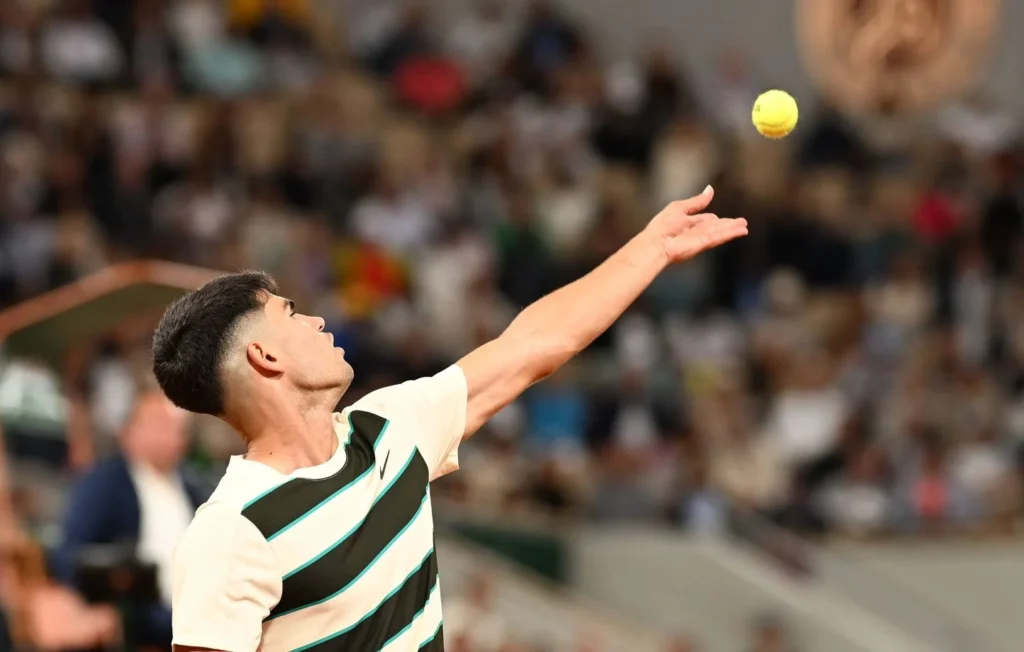
Visions for 2026
- Evening matches for women: Time to rotate the spotlight. Let women share the prime-time hour.
- Early-to-late evening sessions: Starting at 7 PM instead of 9 PM could ease transit pressure and align with European viewers.
- More nuanced ticketing: Flexible day passes, day-to-day reallocations could revive midday attendance.
- Finalized transport solutions: Metro schedules, shuttle options—no more stranded spectators.
Final Flash : A Tournament to Remember
Roland‑Garros 2025 delivered—drama, emotion, breakout stars, and clay‑court craftsmanship. It was anchored in tradition (Nadal’s tribute), but danced in modernity (Alcaraz’s brilliance, qualifiers’ surge). While it wasn’t flawless—the night-session policies, attendance gaps, and French injuries were all dampers—the high points rose higher than ever.
In a world wrestling with hybrid sporting expectations, Roland‑Garros 2025 served as a rich tapestry: emotional legacy and heart, youthful triumphs and breakdowns, epic showdowns and glimpses of what’s next. With lessons learned, Paris 2026 could be even sharper—a place where every player, fan, and evening session equally belongs.
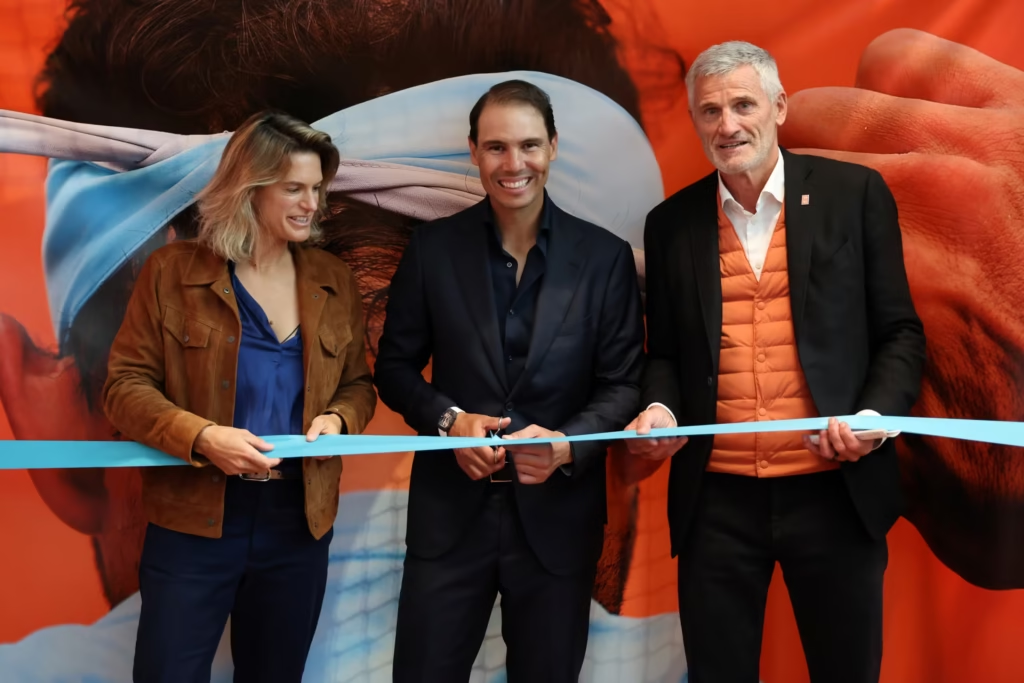
Overall, Roland‑Garros 2025 : a triumph of storytelling—on clay, in emotion, in athleticism. For fans, love of the game—across age, background, and nationality—was alive in every challenge, rally, and tribute. It wasn’t just tennis—it was theatre, history, and the love of sport, played out under the Paris skies.
Let’s raise a glass (non-alcoholic, of course!) to this epic edition—and eagerly await what will land next year.
